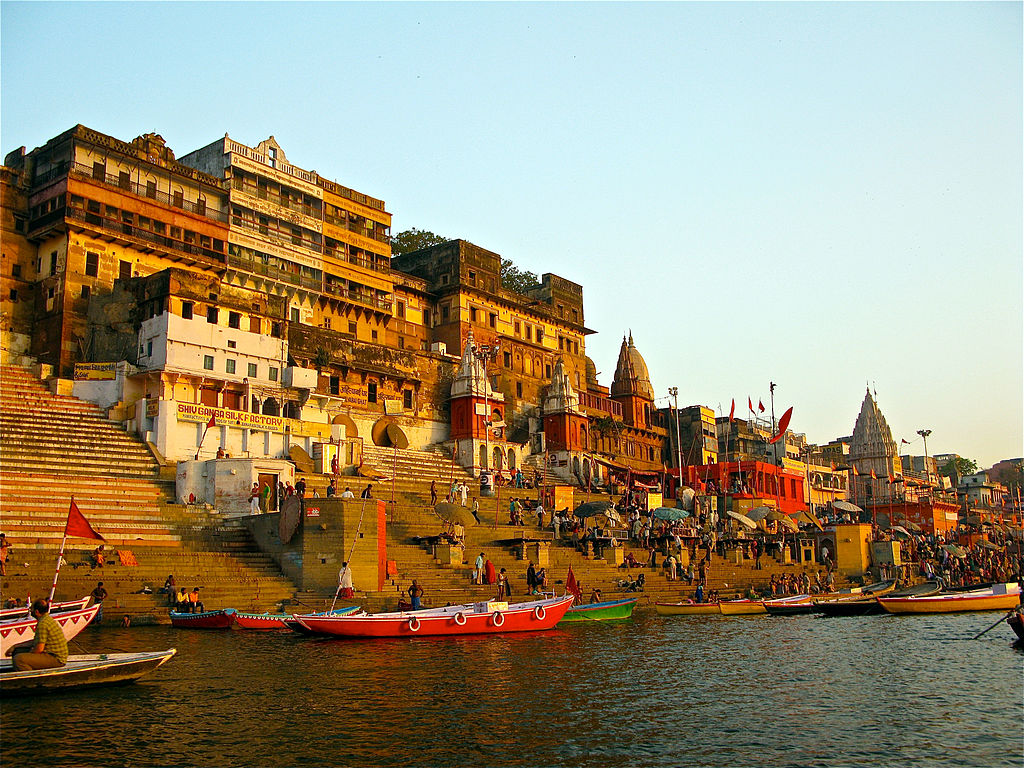Uttar Pradesh New and Renewable Energy Development Agency (UPNEDA) has unveiled a new state solar power policy for the next five years until 2022.
The state government will invest INR 500 billion (US$7.76 billion) to support the installation of 10.7 GW solar. From the total capacity, 6.4 GW will come from utility-scale grid-connected PV, and 4.3 GW from rooftop PV installations.
The aim of the policy is to encourage investment opportunities in the solar sector, create awareness for climate change, provide cheap electricity, and promote R&D and innovation.
The state also pledges to achieve 8% of Renewable Purchase Obligations (RPOs) through solar by 2022, and will install solar street lighting, solar pumps for agriculture, and off-grid systems.
In a press conference, Minister for Law, Justice, Additional Energy Resources, Brijesh Pathak said with the targeted solar installations, the state will reduce 13.6 million tons of carbon emissions every year.
One of the main changes from the previous policy is that power generators and investors can now sell 100% of generated energy outside the state, without any transmission charges, which was restricted in old policy. Meanwhile, there is a 50% transmission charge rebate for selling it within the state.
The government has fixed a minimum of 100 MW capacity for solar park development. For standalone systems, the state has fixed a minimum size of 5 MW. However, there is no fixed target mentioned for stand-alone, and solar plants on canals or lakes.
Moreover, the RESCO ( renewable energy service company) model has been adopted, under which an agreement will be reached between consumers and investors to purchase any extra power produced.
Special schemes
A lot of emphasis has been placed on the Bundelkhand region – the southern part of Uttar Pradesh, which borders with Madhya Pradesh – because of the higher solar irradiation compared to other parts of the state. As such, in the new policy, special schemes and incentives have been mentioned for solar plants in this region.
The state has also planned a ‘green corridor’ in both the Bundelkhand and Eastern regions of the state, with the help of the central government, which will cost INR 40 billion ($621 million).
According to Bridge to India, to date, Uttar Pradesh has only installed 77 MW of rooftop solar. To boost this sector, net metering and gross metering policies have been rolled out. Specifically, the government will pay out INR 15,000-30,000 ($233-466)/kW for the first 100 MW worth of residential solar rooftop applications submitted to UPNEDA.
Also, grid-connected systems up to 10 kW will be exempt from inspection by the state’s electricity inspector. The cost incurred in PV plant installations in the industrial and consumer sector, meanwhile, will be born by the government. The mini-grid policy U.P. -2016 remains the same, however.
At the press conference, the state government further announced its decision to employ 10,000 people, who will be trained in the installation and maintenance of solar plants.
Key issues that India, and the state, face are processing times and procedures for solar applications; therefore, to fast track projects, a single window system has already been created at the UPNEDA office for all solar power producers.
This content is protected by copyright and may not be reused. If you want to cooperate with us and would like to reuse some of our content, please contact: editors@pv-magazine.com.








By submitting this form you agree to pv magazine using your data for the purposes of publishing your comment.
Your personal data will only be disclosed or otherwise transmitted to third parties for the purposes of spam filtering or if this is necessary for technical maintenance of the website. Any other transfer to third parties will not take place unless this is justified on the basis of applicable data protection regulations or if pv magazine is legally obliged to do so.
You may revoke this consent at any time with effect for the future, in which case your personal data will be deleted immediately. Otherwise, your data will be deleted if pv magazine has processed your request or the purpose of data storage is fulfilled.
Further information on data privacy can be found in our Data Protection Policy.